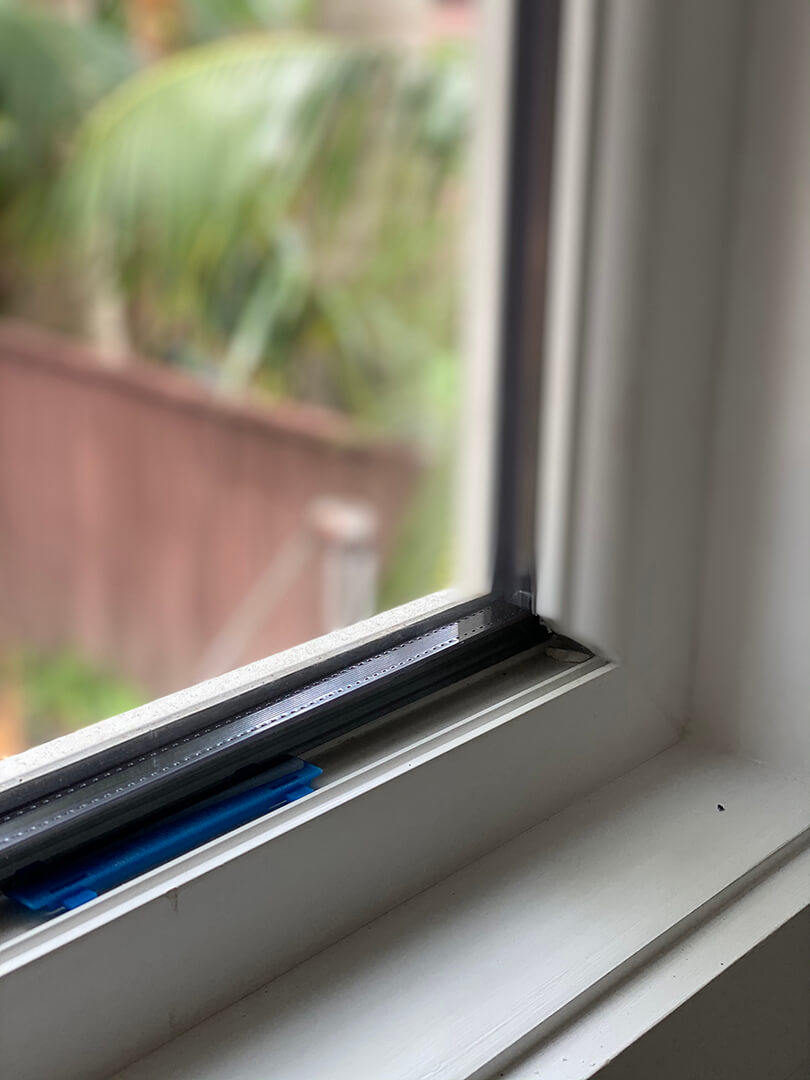All Categories
Featured
Table of Contents
How Are Double Glazed Windows More Energy Efficient? in Shoalwater WA
Glazing simply suggests the windows in your house, consisting of both openable and set windows, along with doors with glass and skylights. Glazing really just implies the glass part, but it is generally utilized to refer to all aspects of an assembly consisting of glass, movies, frames and home furnishings. Taking notice of all of these elements will help you to attain effective passive design.

Energy-efficient glazing makes your home more comfortable and dramatically minimizes your energy expenses. However, improper or improperly designed glazing can be a significant source of unwanted heat gain in summer season and considerable heat loss and condensation in winter season. As much as 87% of a home's heating energy can be gained and approximately 40% lost through windows.
What Are Double Glazed Windows? - Build in Lockridge WA
Glazing is a significant investment in the quality of your house. An initial financial investment in energy-efficient windows, skylights and doors can significantly reduce your annual heating and cooling bill.

This tool compares window choices to a base level aluminium window with 3mm clear glass. Comprehending a few of the key homes of glass will help you to choose the very best glazing for your house. Secret residential or commercial properties of glass Source: Adapted from the Australian Window Association The quantity of light that travels through the glazing is called noticeable light transmittance (VLT) or noticeable transmittance (VT).
Double Glazed Windows in Riverton Perth
The U value for windows (expressed as Uw), describes the conduction of the whole window (glass and frame together). The lower the U worth, the greater a window's resistance to heat circulation and the better its insulating value.
For example, if your home has 70m2 of glazing with aluminium frames and clear glass with a U value of 6. 2W/m2 C, on a winter's night when it is 15C chillier outside compared with indoors, the heat loss through the windows would be: 6. 2 15 70 = 6510W That is equivalent to the overall heat output of a big space gas heating unit or a 6.
Magnetite: Australian Retrofit Double Glazed Windows in Glendalough WA

If you pick a window with half the U worth (3. 1W/m2 C) (for example, double glazing with an argon-filled gap and less-conductive frames), you can cut in half the heat loss: 3. 1 15 70 = 3255W The solar heat gain coefficient (SHGC) for windows (revealed as SHGCw) determines how easily heat from direct sunlight streams through an entire window (glass and frame together).
The lower a window's SHGC, the less solar heat it transmits to the home interior. The actual SHGC for windows is impacted by the angle that solar radiation strikes the glass.
Double Glazing Vs Triple Glazing For Windows (2023) in Osborne Park WA
When the sun is perpendicular (at 90) to the glass, it has an angle of occurrence of 0 and the window will experience the maximum possible solar heat gain. The SHGC declared by glazing manufacturers is constantly computed as having a 0 angle of incidence. As the angle increases, more solar radiation is reflected, and less is transmitted.
Table of Contents
Latest Posts
Does Double Glazing Reduce The Heat In Brisbane's Summer? in Spearwood Western Australia
Save Energy With Double Glazed Windows in Hocking WA
Triple Glazing – Pros & Cons in Ocean Reef Western Australia
More
Latest Posts
Does Double Glazing Reduce The Heat In Brisbane's Summer? in Spearwood Western Australia
Save Energy With Double Glazed Windows in Hocking WA
Triple Glazing – Pros & Cons in Ocean Reef Western Australia